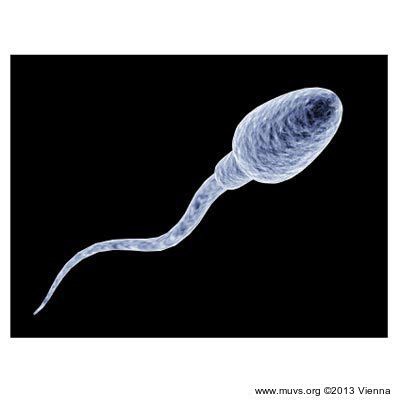Man, Is That Cold!
“The intention was to invent a drastic method of preventing conception that affects the spermatozoa by means of rinsing. It is absolutely reliable when the user is certain that not a single sperm cell managed to enter the uterine orifice before applying the rinse.” Around 1900, when Friedrich Robert criticised the effectiveness of vaginal rinses, not very many methods of contraception were available, none of which was reliable.
This method involves the removal of sperm by means of rinsing. Furthermore, the water affects the sperm cells’ behaviour, as Robert describes here:
“Liquids mixed with the semen bring about significant changes fairly suddenly, which the majority of the general public has taken note of.... Pure water causes almost immediate immobility. The spermatozoa wrap their sensitive wriggling tails around the middle portion, which makes it impossible for them to move.”
This procedure was unpleasant, and in most cases the water was cold, as few flats had running water of any kind, let alone hot. Furthermore, the water’s cleanliness was not a given. This method’s reliability could be increased by adding an acid or other chemicals to the water: “If a small amount of vinegar or, preferably, citric acid is added to the water, the rapidly vibrating spermatozoa isolate themselves soon after their rapid immobilisation beforehand.”
The spermicidal substances were highly aggressive and irritated the sensitive mucous membrane in the vagina and cervix, and could even cause injury. The membrane reacted to their presence with constant discharge.
Numerous examples of vaginal douches can be seen at our museum and on the website.
